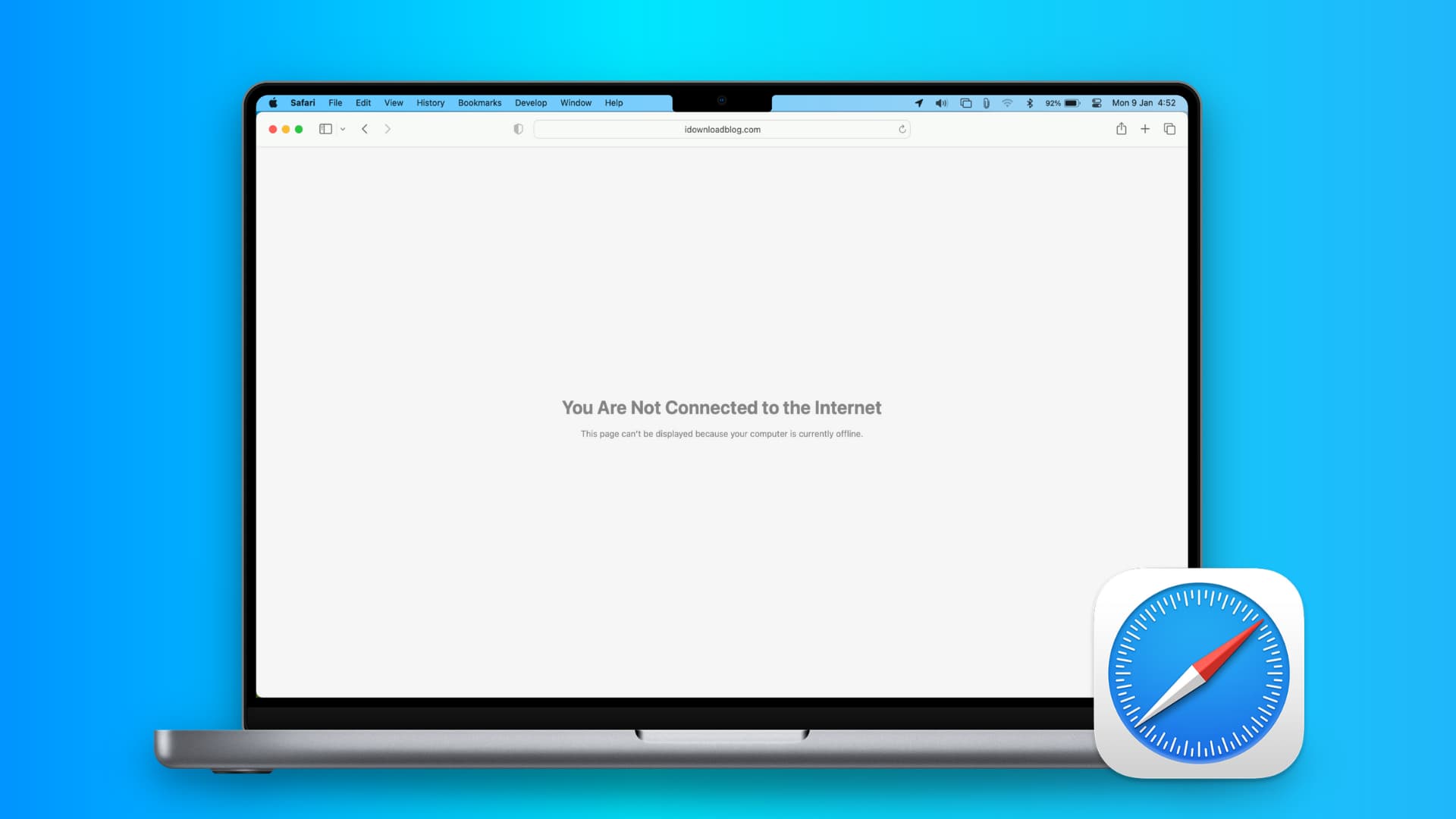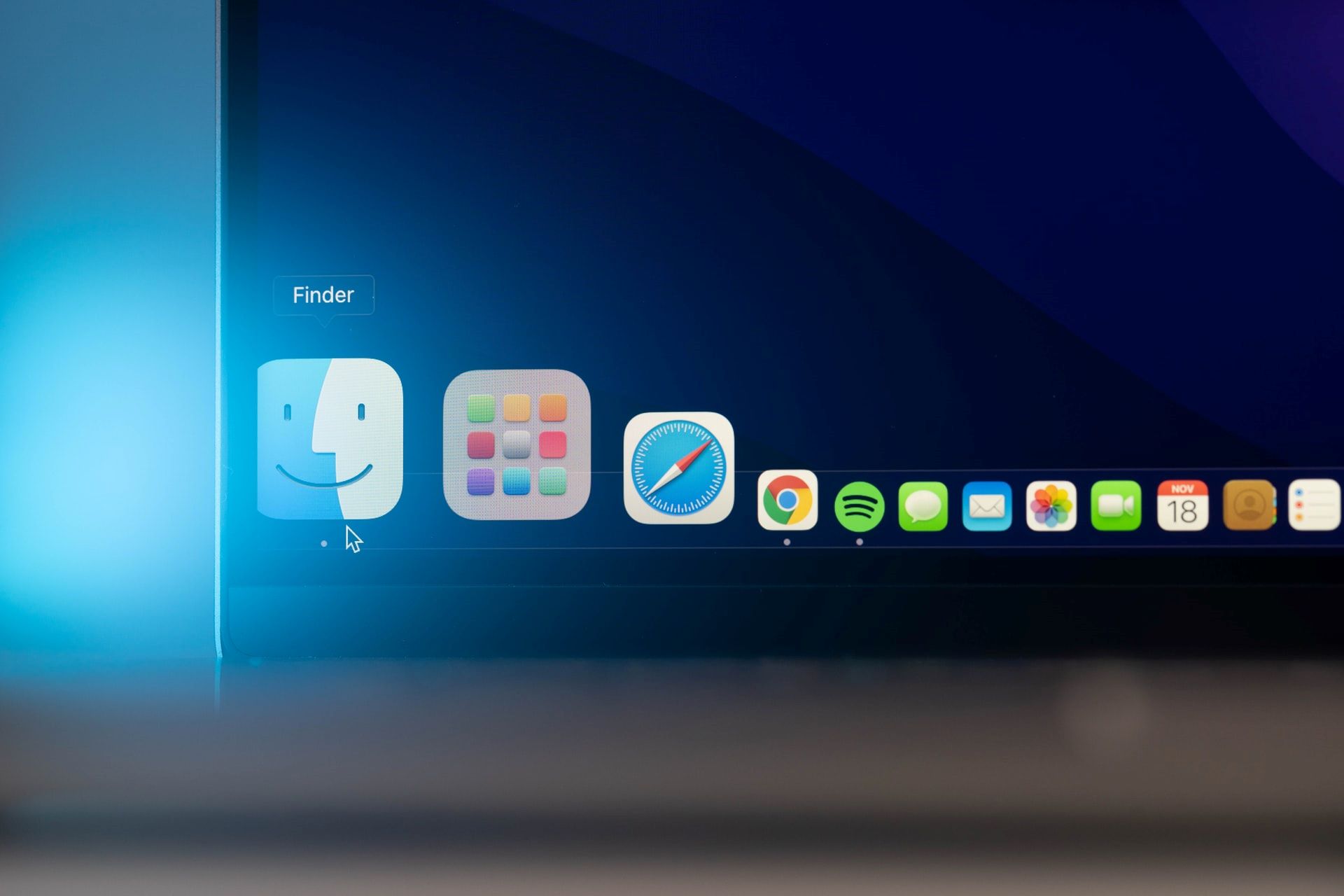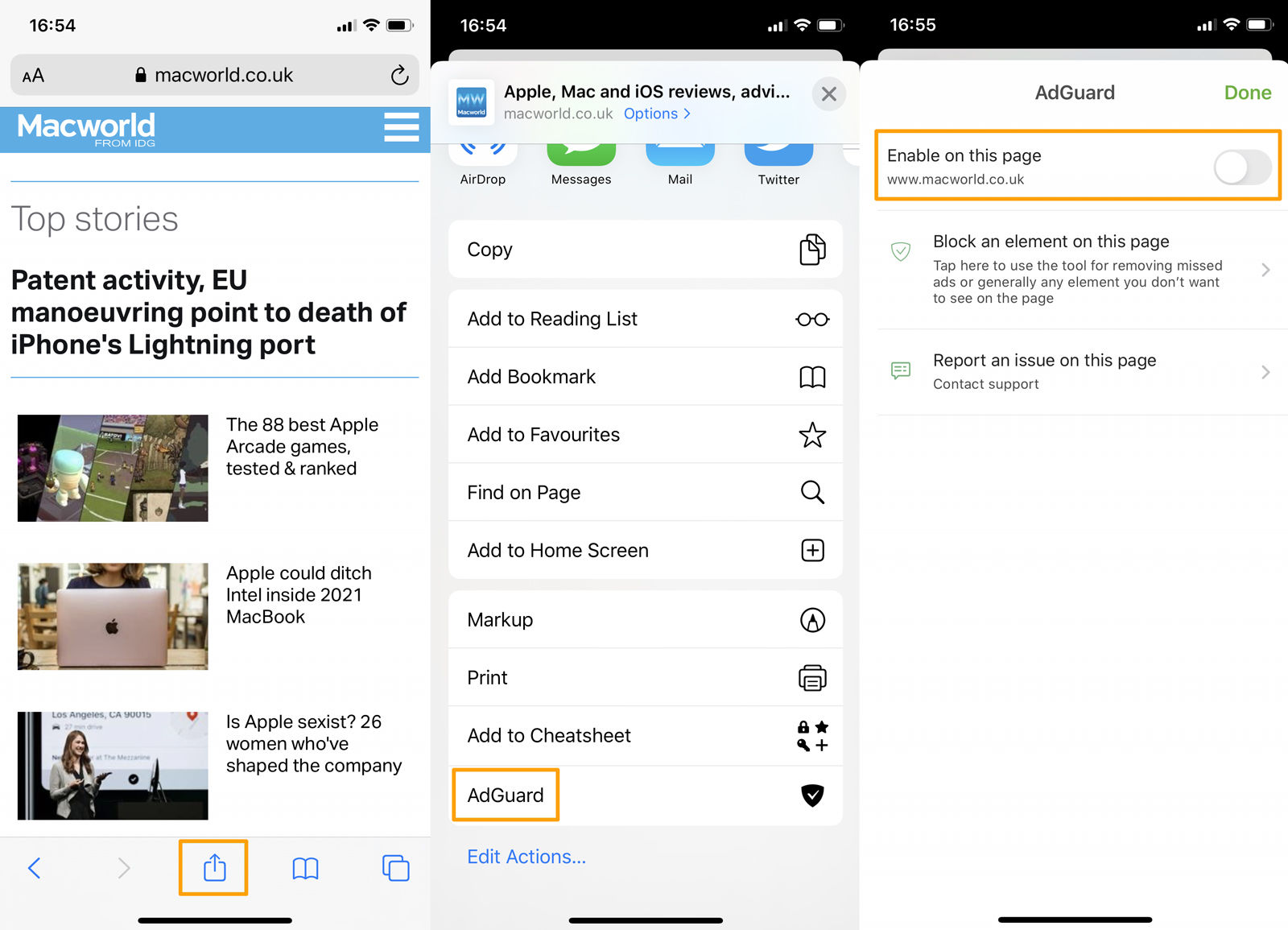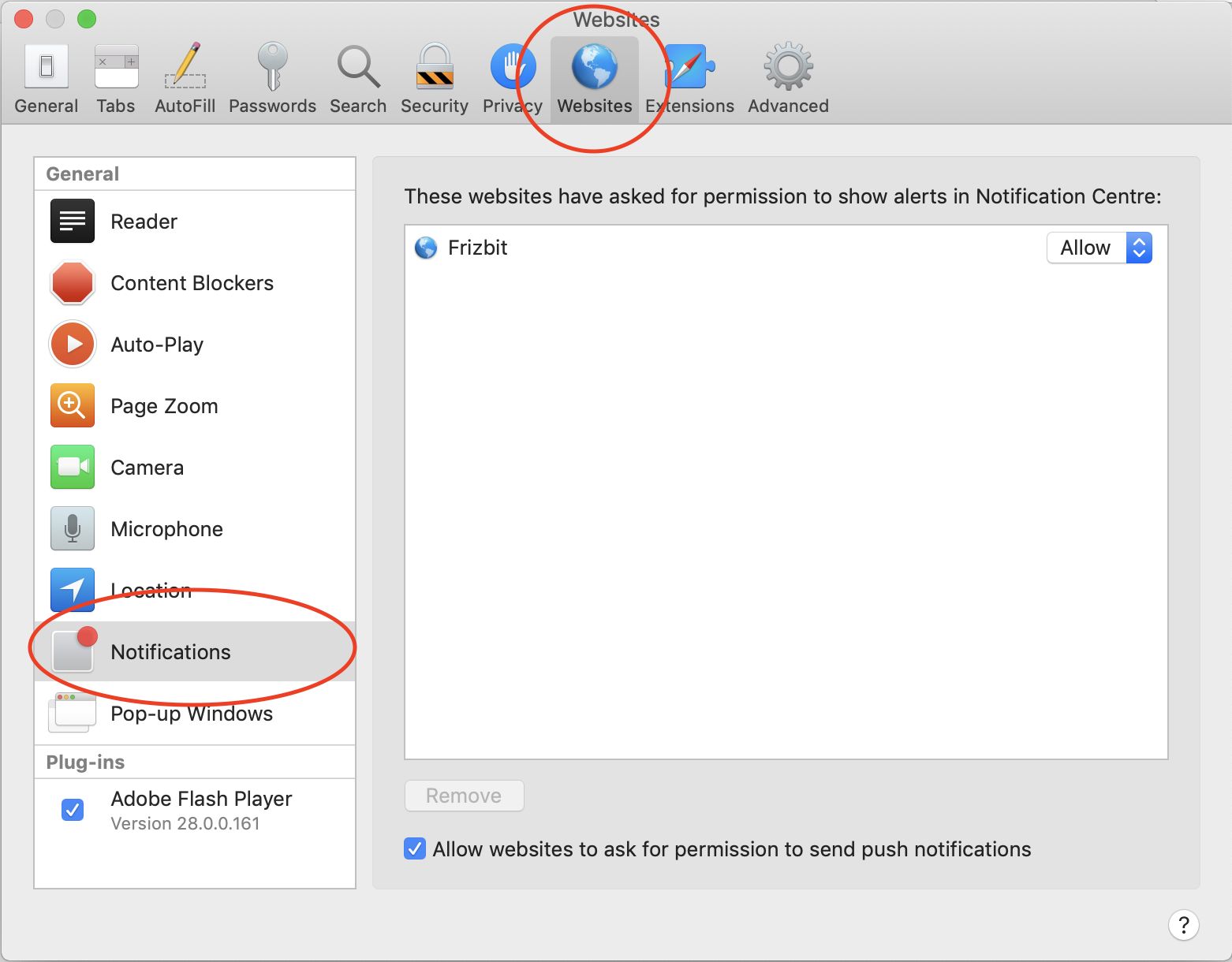Introduction
Safari is a versatile and powerful web browser that comes pre-installed on Apple devices, including the iPad. While Safari offers a seamless and feature-rich browsing experience, there are instances when users may want to restrict access to certain websites or completely block the browser for various reasons. Whether it's to ensure a child's online safety, minimize distractions during work or study sessions, or simply exercise greater control over internet usage, knowing how to block Safari from an iPad can be a valuable skill for many users.
By implementing content and privacy restrictions, users can effectively manage and regulate the accessibility of Safari on their iPads. This can be particularly beneficial in creating a more secure and focused digital environment, especially for young users who are just beginning to explore the online world. With the right settings in place, users can tailor their iPad experience to align with their specific needs and preferences, promoting a healthier and more productive relationship with technology.
In this guide, we will walk you through the step-by-step process of blocking Safari from your iPad. Whether you're a concerned parent, an individual seeking to enhance productivity, or someone looking to customize their iPad experience, this tutorial will equip you with the knowledge and tools to effectively manage Safari's accessibility on your device. Let's dive into the practical steps to take control of Safari and tailor your iPad's browsing capabilities to suit your unique requirements.
Step 1: Open Settings
To begin the process of blocking Safari from your iPad, the first step is to access the device's settings. The Settings app serves as the central hub for customizing various aspects of your iPad, including privacy and content restrictions. Here's how to navigate to the Settings app:
-
Locate the Settings Icon: On your iPad's home screen, look for the Settings icon. It is typically represented by a gear-shaped symbol and is a fundamental tool for adjusting system preferences and configurations.
-
Tap on the Settings Icon: Once you've located the Settings icon, tap on it to launch the Settings app. This action will open up a comprehensive array of options that allow you to personalize and manage your iPad's functionality.
-
Navigate to Screen Time: Within the Settings app, scroll through the available options until you find "Screen Time." This feature provides valuable insights into your device usage and enables you to set specific restrictions and limits for various activities, including web browsing.
Accessing the Settings app is the initial step in the process of blocking Safari from your iPad. By following these simple instructions, you can lay the groundwork for implementing content and privacy restrictions that align with your preferences and requirements. With the Settings app at your fingertips, you are poised to embark on the journey of customizing your iPad's browsing experience to better suit your needs and objectives.
Step 2: Select Screen Time
After successfully navigating to the Settings app on your iPad, the next crucial step in the process of blocking Safari involves selecting the Screen Time feature. Screen Time serves as a powerful tool that empowers users to gain insights into their device usage, set specific restrictions, and manage various aspects of their digital experience. By leveraging the capabilities of Screen Time, users can exercise greater control over their iPad's functionality, including web browsing activities.
Upon entering the Screen Time section within the Settings app, users are presented with a comprehensive overview of their device usage patterns. This includes detailed information about screen time, app usage, and notifications, providing valuable insights into how the iPad is utilized on a daily basis. By understanding these usage patterns, users can make informed decisions about implementing content and privacy restrictions, including the ability to block Safari.
Within the Screen Time settings, users have the flexibility to establish specific parameters and restrictions tailored to their individual preferences. This empowers users to create a more personalized and secure digital environment, particularly when it comes to regulating web access through the Safari browser. By selecting Screen Time, users take a significant step towards optimizing their iPad experience and aligning it with their desired usage guidelines.
The Screen Time feature also enables users to set up Family Sharing, allowing parents to manage and monitor their children's device usage. This includes the ability to set restrictions on web content, app usage, and screen time limits, providing a comprehensive suite of tools for promoting a safe and balanced digital experience for the entire family.
In summary, selecting Screen Time within the Settings app is a pivotal stage in the process of blocking Safari from your iPad. By delving into the Screen Time settings, users gain access to a wealth of options for managing and customizing their device usage, ultimately leading to a more tailored and controlled browsing experience. With Screen Time as a foundational tool, users can proceed to the next steps in implementing content and privacy restrictions to effectively block Safari and shape their iPad's digital environment according to their specific needs and preferences.
Step 3: Tap Content & Privacy Restrictions
Having navigated to the Screen Time section within the Settings app, the next crucial step in the process of blocking Safari on your iPad involves tapping into the Content & Privacy Restrictions. This pivotal feature empowers users to exert granular control over the content accessible on their devices, ensuring a more secure and tailored digital experience.
Upon entering the Content & Privacy Restrictions section, users are presented with a comprehensive array of options to manage and regulate various aspects of their iPad's functionality. This includes the ability to restrict access to specific apps, websites, and content categories, providing a robust framework for customizing the device's digital environment.
By tapping into Content & Privacy Restrictions, users gain the ability to set passcodes, thereby adding an additional layer of security to prevent unauthorized changes to the established restrictions. This feature is particularly valuable for parents seeking to manage their children's device usage, as it enables them to enforce content restrictions and ensure a safer online experience for their young ones.
Within the Content & Privacy Restrictions settings, users can delve into specific categories such as Allowed Apps, Content Restrictions, and Privacy Restrictions. This level of granularity allows for precise customization, ensuring that the iPad's functionality aligns with the user's preferences and requirements.
In the context of blocking Safari, users can leverage the Content & Privacy Restrictions to disable the Safari browser entirely, effectively preventing access to web browsing through this application. By toggling the Safari app to the "off" position within the Allowed Apps section, users can seamlessly block its usage, thereby exerting control over web accessibility on their iPads.
Furthermore, the Content & Privacy Restrictions feature enables users to restrict web content, limit adult websites, and manage other content-specific settings, contributing to a more secure and tailored browsing experience. This level of control is instrumental in promoting a safer and more focused digital environment, particularly for young users who may benefit from guided and restricted web access.
In summary, tapping into Content & Privacy Restrictions within the Screen Time settings represents a pivotal stage in the process of blocking Safari from your iPad. By leveraging the granular control offered by this feature, users can effectively manage app accessibility, content restrictions, and privacy settings, ultimately shaping a more personalized and secure digital experience on their devices. With Content & Privacy Restrictions as a foundational tool, users can proceed to the subsequent steps, including disabling Safari and refining their iPad's browsing capabilities to align with their specific needs and preferences.
Step 4: Enable Content & Privacy Restrictions
Enabling Content & Privacy Restrictions within the Screen Time settings is a pivotal step in the process of customizing and regulating the accessibility of apps and content on your iPad. By activating these restrictions, users gain the ability to exert precise control over various aspects of their device's functionality, including app usage, web content access, and privacy settings.
Upon entering the Content & Privacy Restrictions section, users are prompted to set a passcode, which serves as a crucial security measure to prevent unauthorized changes to the established restrictions. This passcode ensures that the configured settings remain intact and provides an additional layer of control, particularly in scenarios where the iPad is shared among multiple users or when parents seek to manage their children's device usage.
Enabling Content & Privacy Restrictions also unlocks a wealth of customization options, allowing users to tailor their iPad experience to align with their specific needs and preferences. Within this section, users can delve into various categories, such as Allowed Apps, Content Restrictions, and Privacy Restrictions, each offering a range of configurable settings to fine-tune the device's digital environment.
In the context of blocking Safari, enabling Content & Privacy Restrictions empowers users to seamlessly disable the Safari browser, effectively preventing access to web browsing through this application. By toggling the Safari app to the "off" position within the Allowed Apps section, users can exert precise control over app accessibility, ensuring that Safari remains inaccessible according to their preferences.
Furthermore, the Content & Privacy Restrictions feature enables users to set content-specific restrictions, such as blocking explicit content, limiting adult websites, and managing privacy settings related to location services and other sensitive data. This level of customization fosters a more secure and tailored browsing experience, particularly for users seeking to create a safer digital environment for themselves or their family members.
In summary, enabling Content & Privacy Restrictions within the Screen Time settings represents a fundamental stage in the process of blocking Safari from your iPad. By activating these restrictions, users gain the ability to customize app accessibility, regulate web content access, and manage privacy settings, ultimately shaping a more personalized and secure digital experience on their devices. With Content & Privacy Restrictions enabled, users can proceed to the subsequent steps, including disabling Safari and refining their iPad's browsing capabilities to suit their unique requirements and preferences.
Step 5: Tap Allowed Apps
Upon reaching the "Allowed Apps" section within the Content & Privacy Restrictions settings, users are presented with a comprehensive list of installed apps on their iPad. This section serves as a pivotal control point, allowing users to selectively enable or disable specific apps based on their preferences and requirements.
By tapping into the "Allowed Apps" section, users gain the ability to exert precise control over the accessibility of individual applications, including the Safari web browser. This granular level of control empowers users to tailor their iPad experience, ensuring that only desired apps remain accessible while effectively blocking those that are deemed unnecessary or unsuitable for the intended usage scenario.
In the context of blocking Safari, users can seamlessly disable the browser by toggling it to the "off" position within the list of allowed apps. This action effectively prevents access to the Safari browser, thereby aligning with the user's specific requirements for managing web accessibility on their iPad.
Furthermore, the "Allowed Apps" section provides a streamlined interface for users to review and manage their installed applications, offering a clear overview of the available apps and their respective accessibility status. This intuitive interface simplifies the process of customizing app accessibility, allowing users to make informed decisions about which apps should remain accessible and which ones should be restricted based on their individual preferences.
In scenarios where users seek to create a more focused and productive digital environment, the "Allowed Apps" section offers a valuable tool for streamlining the app accessibility on their iPads. By selectively enabling or disabling apps, users can curate a tailored selection of available applications, promoting a more efficient and purpose-driven device usage experience.
In summary, tapping into the "Allowed Apps" section within the Content & Privacy Restrictions settings represents a crucial step in the process of blocking Safari from your iPad. By leveraging this feature, users gain the ability to selectively enable or disable specific apps, including the Safari browser, thereby customizing their iPad experience to align with their unique requirements and preferences. With the "Allowed Apps" section as a pivotal control point, users can effectively manage app accessibility and refine their iPad's digital environment to suit their desired usage guidelines.
Step 6: Disable Safari
After navigating to the "Allowed Apps" section within the Content & Privacy Restrictions settings, the pivotal step of disabling Safari on your iPad comes into focus. This step empowers users to effectively block access to the Safari web browser, aligning with their specific preferences and requirements for managing web accessibility on their devices.
To disable Safari, users can seamlessly toggle the Safari app to the "off" position within the list of allowed apps. This straightforward action effectively prevents access to the Safari browser, ensuring that web browsing through this application is restricted according to the user's preferences. By disabling Safari, users gain greater control over their iPad's digital environment, promoting a more secure, focused, and tailored browsing experience.
By implementing this restriction, users can curate a more purpose-driven digital experience, particularly in scenarios where minimizing distractions or ensuring a safer online environment is a priority. Whether it's for personal productivity, managing children's device usage, or creating a more controlled browsing environment, disabling Safari offers a valuable tool for customizing the iPad's web accessibility to suit specific needs.
Furthermore, by disabling Safari, users can proactively manage web content access, ensuring that the browsing experience aligns with their desired usage guidelines. This level of control is particularly beneficial for parents seeking to regulate their children's online activities, as it provides a proactive measure to promote a safer and more guided web experience.
In addition to promoting a more secure digital environment, disabling Safari can contribute to a more focused and productive device usage experience. By removing the temptation of unrestricted web browsing, users can create a more conducive environment for work, study, or any scenario where minimizing distractions is essential.
In summary, the process of disabling Safari within the "Allowed Apps" section represents a pivotal step in the journey of customizing the iPad's web accessibility. By effectively blocking access to the Safari browser, users can tailor their device's digital environment to align with their specific preferences, promoting a more secure, focused, and purpose-driven browsing experience. With Safari disabled, users gain greater control over their iPad's web accessibility, ensuring that it caters to their unique needs and usage guidelines.
Conclusion
In conclusion, the process of blocking Safari from your iPad involves a series of deliberate steps aimed at customizing the device's web accessibility to align with your specific needs and preferences. By leveraging the powerful features within the Settings app, particularly the Screen Time and Content & Privacy Restrictions sections, users can effectively manage and regulate the accessibility of the Safari web browser, promoting a more secure, focused, and tailored browsing experience.
Through the step-by-step process outlined in this guide, users gain the ability to disable Safari, thereby exerting precise control over web browsing activities on their iPads. This level of control is particularly valuable for parents seeking to manage their children's device usage, individuals aiming to enhance productivity by minimizing distractions, or anyone looking to create a more secure and guided digital environment.
By implementing content and privacy restrictions, users can curate a safer online experience, ensuring that web content access aligns with their desired usage guidelines. The ability to disable Safari empowers users to proactively shape their digital environment, promoting a more purpose-driven and secure browsing experience.
Furthermore, the granular control offered by the Content & Privacy Restrictions feature enables users to set specific parameters and restrictions tailored to their individual preferences. This level of customization fosters a more personalized and secure digital environment, particularly in scenarios where managing web accessibility is essential.
Overall, the process of blocking Safari from your iPad equips users with the tools to tailor their device's browsing capabilities, promoting a more secure, focused, and purpose-driven digital experience. By following the outlined steps and leveraging the features within the Settings app, users can effectively manage web accessibility, ensuring that it caters to their unique needs and usage guidelines.
In essence, the ability to block Safari on your iPad represents a proactive measure to create a safer, more controlled, and tailored browsing environment, ultimately empowering users to shape their digital experience according to their specific requirements and preferences.

























